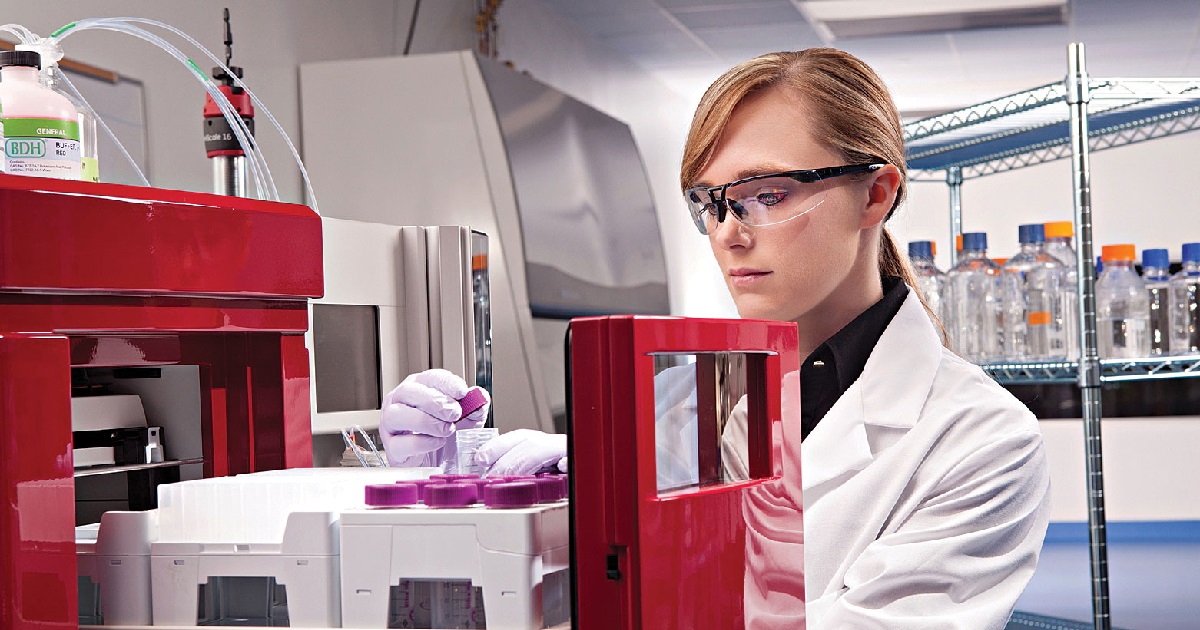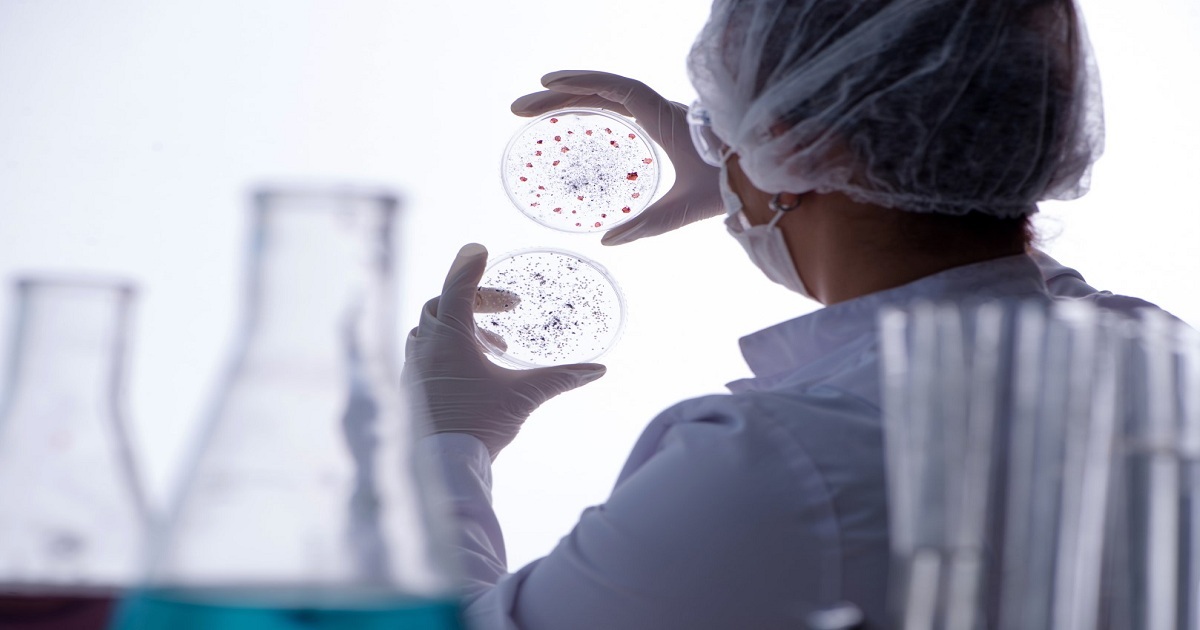
Medical
Article | August 16, 2022
Genomics is an interdisciplinary field of biology emphasizing the structure, editing, evolution, function, and mapping of genomes. It is creating deeper inroads across the precision health domain with the increasing introduction of advanced technologies such as quantum simulation, next-generation sequencing (NGS), and precise genome manipulation.
As precision health focuses on providing the proper intervention to the right patient at the right time, genomics increasingly finds applications in human and pathogen genome sequencing in clinical and research spaces.
Rising Hereditary Diseases Burden Paving the Way for Genomics in Precision Health
In the last few years, a significant surge in the prevalence of diseases and ailments such as diabetes, obesity, baldness, and others has been witnessed across the globe. A history of family members with chronic diseases, such as cancer, diabetes, high blood pressure, hearing issues, and heart disease, can sometimes continue into the next generation.
Hence, the study of genes is extensively being conducted for predicting health risks and early treatment of these diseases. It also finds use in CRISPR-based diagnostics and the preparation of precision medication for the individual.
In addition, ongoing advancements in genomics are making it possible to identify different genetic traits that persuade people to more widespread diseases and health problems.
The Emergence of Genomics Improves Disease Understanding
Genomics refers to the study of the complete genetic makeup of a cell or organism. Increasing scientific research in the area substantially contributes to increasing knowledge about the human genome and assists in improving the ability to understand disease etiology, risk, diagnosis, treatment, and prevention. On account of these improvements, innovative genomic technologies and tools are being developed to enable better precision health not only for the individual but for various regional populations as well.
The Way Forward
With growing preference for personalized medicine and an increasing need for more accurate pathogen detection and diagnostics, genomics is gaining huge popularity across the precision health domain.
Also, increasing research activities for developing novel high-precision therapeutics and rising importance of gene study in the prevention, diagnosis, and management of infectious and genetic diseases will further pave the way for genomics in the forthcoming years.
Read More

Medical
Article | July 14, 2022
In the downstream portion of any bioprocess, one must pick through the dross before one can seize the gold the biotherapeutic that the bioprocess was always meant to generate. Unfortunately, the dross is both voluminous and various. And the biotherapeutic gold, unlike real gold, is corruptible. That is, it can suffer structural damage and activity loss. When discarding the dross and collecting the gold, bioprocessors must be efficient and gentle. They must, to the extent possible, eliminate contaminants and organic debris while ensuring that biotherapeutics avoid aggregation-inducing stresses and retain their integrity during purification and recovery. Anything less compromises purity and reduces yield.
To purify and recover biotherapeutics efficiently and gently, bioprocessors must avail themselves of the most appropriate tools and techniques. Here, we talk with several experts about which tools and techniques can help bioprocessors overcome persistent challenges. Some of these experts also touch on new approaches that can help bioprocessors address emerging challenges.
Read More

MedTech
Article | July 20, 2022
With advances in data analytics and machine learning, the move from descriptive and diagnostic analytics to predictive and prescriptive analytics and controls—allowing us to better forecast and understand what will happen and thus optimize process outcomes—is not only feasible but inevitable, according to Bonnie Shum, principal engineer, pharma technical innovation, technology & manufacturing sciences and technology at Genentech.
“Well-trained artificial intelligence systems can help drive better decision making and how data is analyzed from drug discovery to process development and to manufacturing processes,” she says.
Those advances, though, only really matter when they improve the lives of patients. That’s exactly what Shum expects.
“The convergence of digital transformation and operational/processing changes will be critical for the facilities of the future and meeting the needs of our patients,” she continues. “Digital solutions may one day provide fully automated bioprocessing, eliminating manual intervention and enabling us to anticipate potential process deviations to prevent process failures, leading to real-time release and thus faster access for patients.”
To turn Bioprocessing 4.0 into a production line for precision healthcare, real-time release and quickly manufacturing personalized medicines will be critical. Adding digitization and advanced analytics wherever possible will drive those improvements. In fact, many of these improvements, especially moving from descriptive to predictive bioprocessing, depend on more digitization.
Read More

MedTech
Article | July 13, 2022
Gene therapy has historically been used to treat disorders with in-depth knowledge caused by a single genetic mutation. Thanks to the introduction of new generation technologies, the potential of gene therapy is expanding tAo treat diseases that were previously untreatable.
Evolution of Gene Therapy
One of the major success stories of the twenty-first century has been gene therapy. However, it has not been the same in the past. The field's journey to this point has been long and mostly difficult, with both tragedy and triumph along the way.
Initially, genetic disorders were thought to be untreatable and permanently carved into the genomes of individuals unfortunate enough to be born with them. But due to the constant technological advancement and research activities, gene therapy now has the potential to treat various genetic mutation-causing diseases with its ability to insert a new copy and replace faulty genes.
Gene Therapy is Finding New Roads in the Medical Sector
Gene therapy can help researchers treat a variety of conditions that fall under the general heading of epilepsy, instead of only focusing on a particular kind of disorder brought on by a genetic mutation. Following are some of the domains transformed by gene therapy.
Neurology – Gene therapy can be used for the treatment of seizures by directly injecting it into the area causing an uncontrolled electrical disturbance in the brain. Furthermore, by using DNA sequences known as promoters, gene therapy can be restricted to specific neurons within that area.
Ophthalmology – Genetic conditions such as blindness can be caused due to the mutation of any gene out of over 200 and resulting in progressive vision loss in children. With advanced gene therapies such as optogenetics, lost photoreceptor function can be transferred to the retinal cells, which are responsible for relaying visual information to the brain. This might give patients the ability to navigate in an unknown environment with a certain level of autonomy.
The Future of Gene Therapy
The news surrounding gene therapy has been largely favorable over the past few years, with treatment after treatment obtaining regulatory approvals, successful clinical trials, and garnering significant funds to begin development. With more than 1,000 clinical trials presently underway, the long-awaited gene therapy revolution might finally be here.
Read More